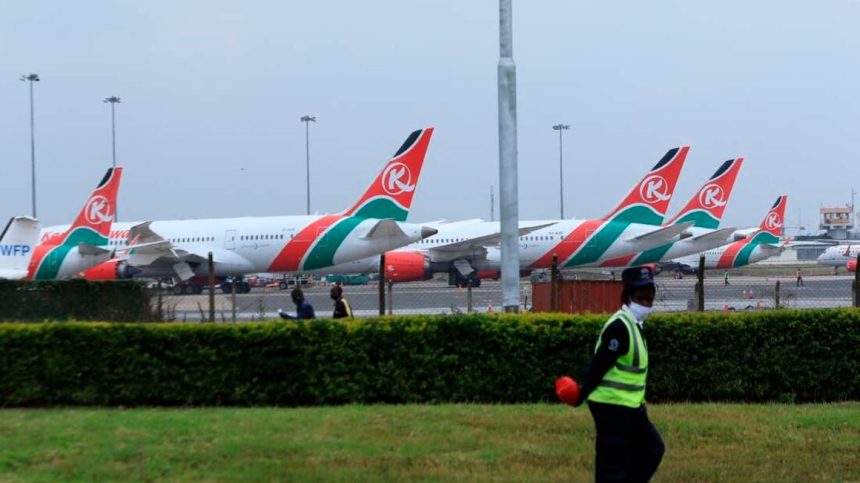The value of government loans to State corporations has crossed the Sh1 trillion mark despite the persistently low pace of repayments that have led to write-offs in some instances.
The Treasury data shows the amounts lent out to firms such as Kenya Railways Corporation and Kenya Electricity Generating Company (KenGen) hit Sh1.089 trillion at the end of last June, up by Sh121.7 billion from Sh967.3 billion a year earlier.
Of the Sh1.089 trillion, Sh52.6 billion was marked as either having been written off or repaid, leaving the outstanding amount at Sh920.69 billion.
The Kenya Railways Corporation and KenGen had Sh81.53 billion and Sh566.12 billion respectively as outstanding loans at the end of June last year, with the two accounting for about 70 percent of the total unpaid loans.
More than half (31) of the 59 State corporations did not make any repayments in the financial year ended June 2022, highlighting the struggles these entities are having in keeping up with loan repayments.
Other top outstanding loans include Kenya Power (Sh56.15 billion), Kenya Airways (Sh31.27 billion) Athi Water Services Board (Sh47.18 billion), Coast Water Services Board (Sh15.84 billion) and Rural Electrification Authority (Sh13.4 billion).
The Sh920.69 billion withstanding loans are despite the Treasury projecting that it will raise Sh41.38 billion as investment income from these entities, with the figure projected to cross Sh50 billion in the 2026/2027 financial year.
The dividend earnings are however less than half of the Sh116.14 billion that the government earned from its shareholdings in the financial year 2019/20.
The State in addition to lending to the parastatals, was also facing about Sh1.3 trillion fiscal risk from struggling State firms, which may require support for critical activities such as repaying loans, paying suppliers and defending court cases.
Previous Treasury analysis of 18 major state corporations estimated that it may require Sh382 billion for five years to cover their liquidity shortfalls amid the debate on whether transfers to these entities match the socio-economic benefits.
The analysis revealed that 11 of these State firms were loss-making and with a high liquidity risk, implying that they are unable to service short-term obligations when they fall due.
The maximum gross fiscal exposure of the 18 State corporations was estimated at Sh436.2 billion.
This estimate represents the potential cost to the government in the event the firms defaulted on guaranteed and commercial debt and required immediate repayment.
Firms such as Kenya Power and Kenya Airways are considered strategic and of national interest due to the overall impact their failure would have on the economy.
The Treasury says this obligates the State to bail them out from financial distress, despite the competing budgetary needs.
Kenya has 248 State corporations, out of which 46 are commercial enterprises, and 201 are non-commercial entities.
A high number of commercial State corporations are concentrated in the transport and energy sectors, performing strategic functions.
The International Monetary Fund has been pushing Kenya to start rolling out reforms in State-owned entities, including trimming the headcount to make their business models sustainable.




